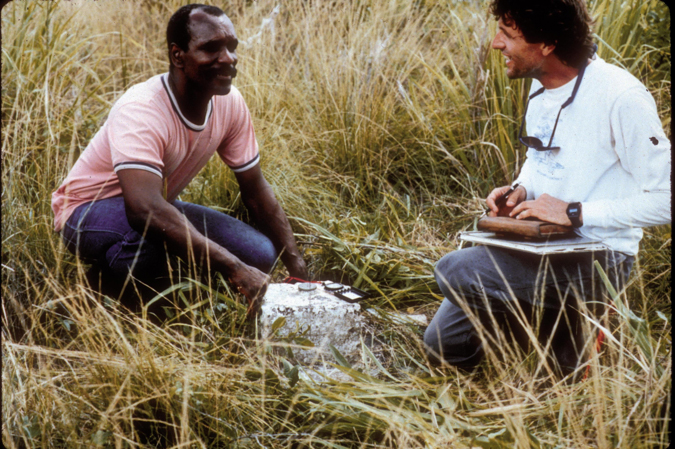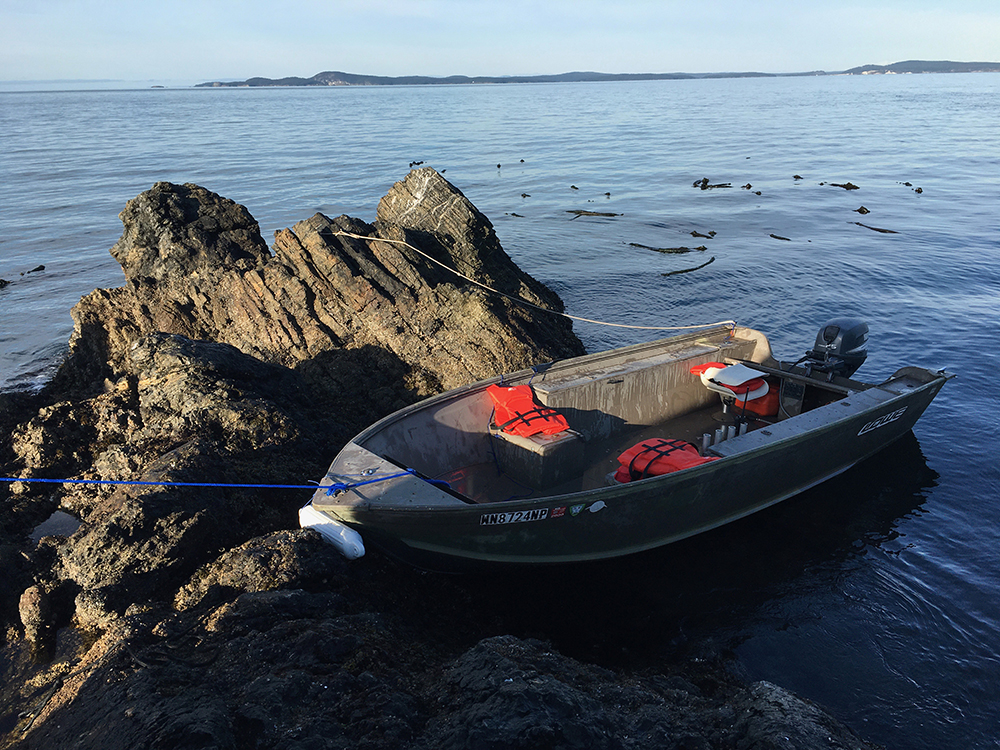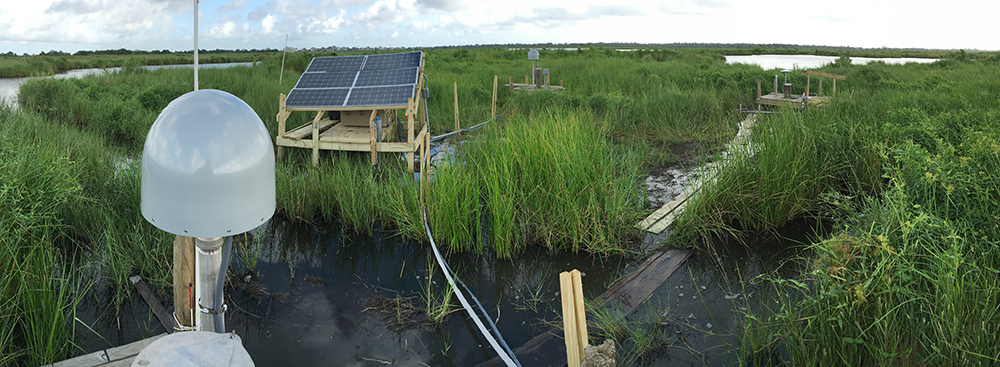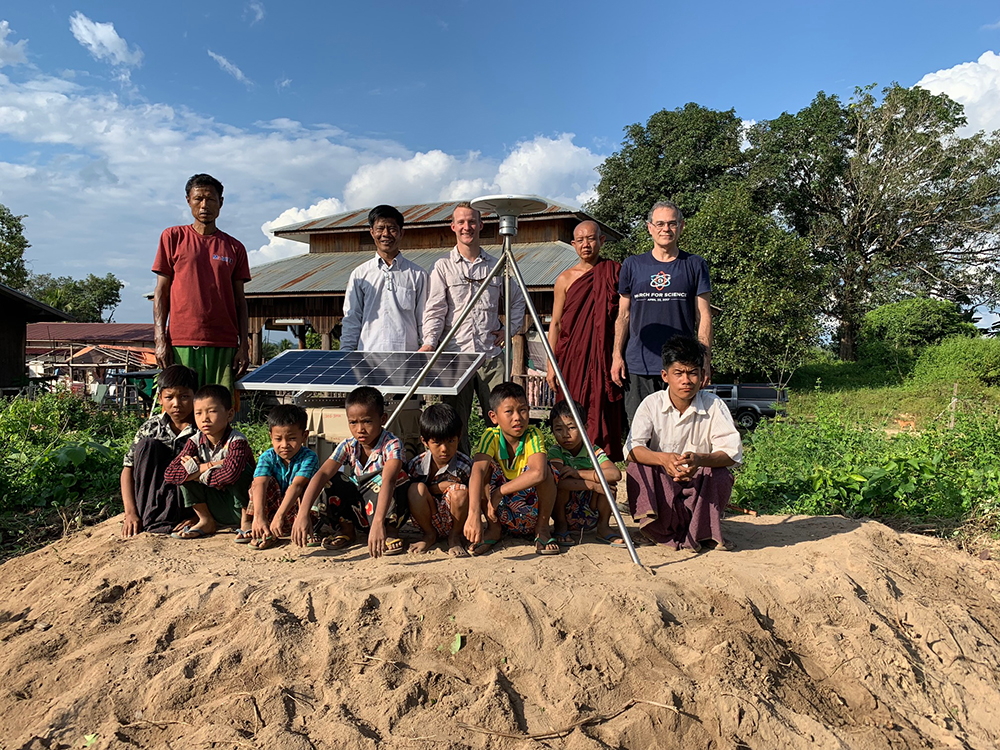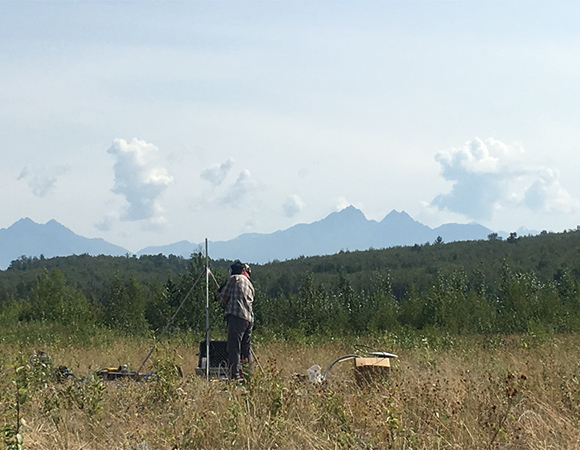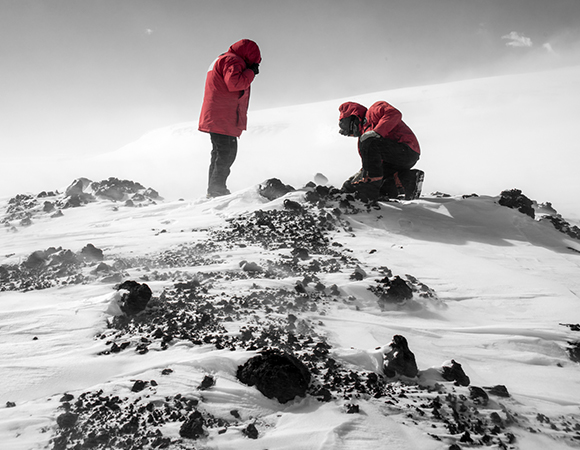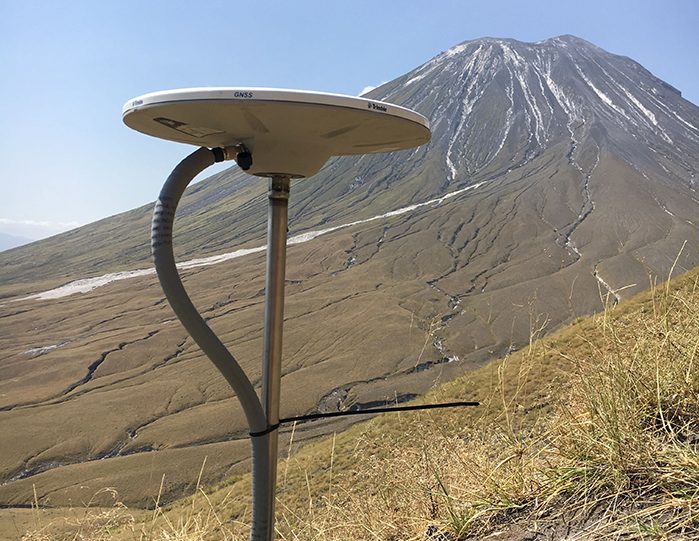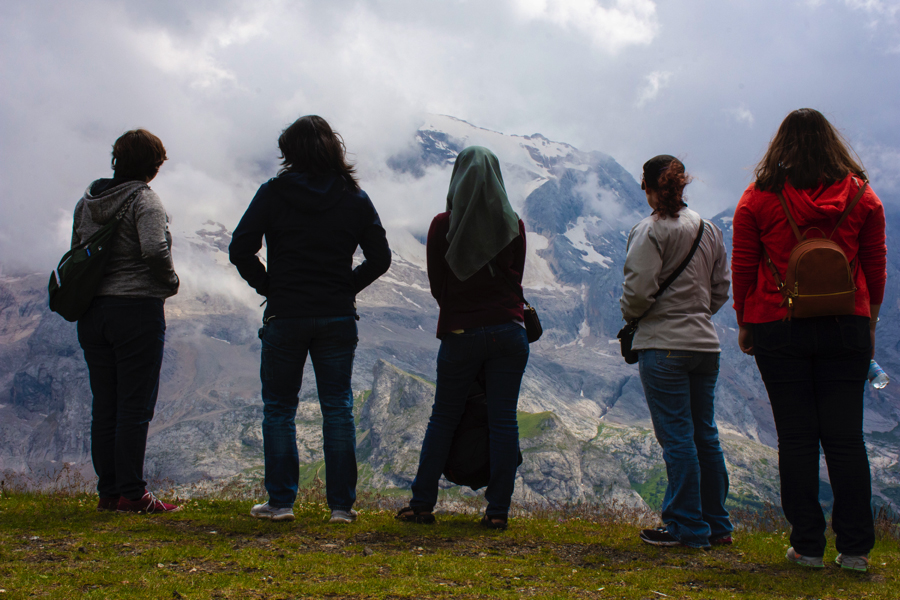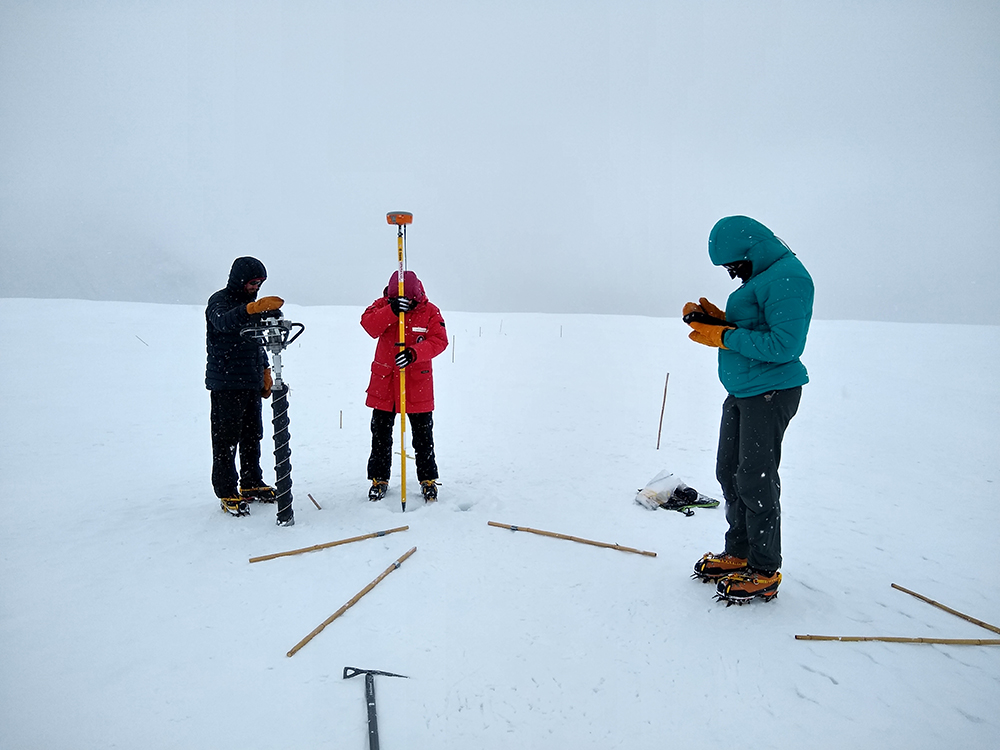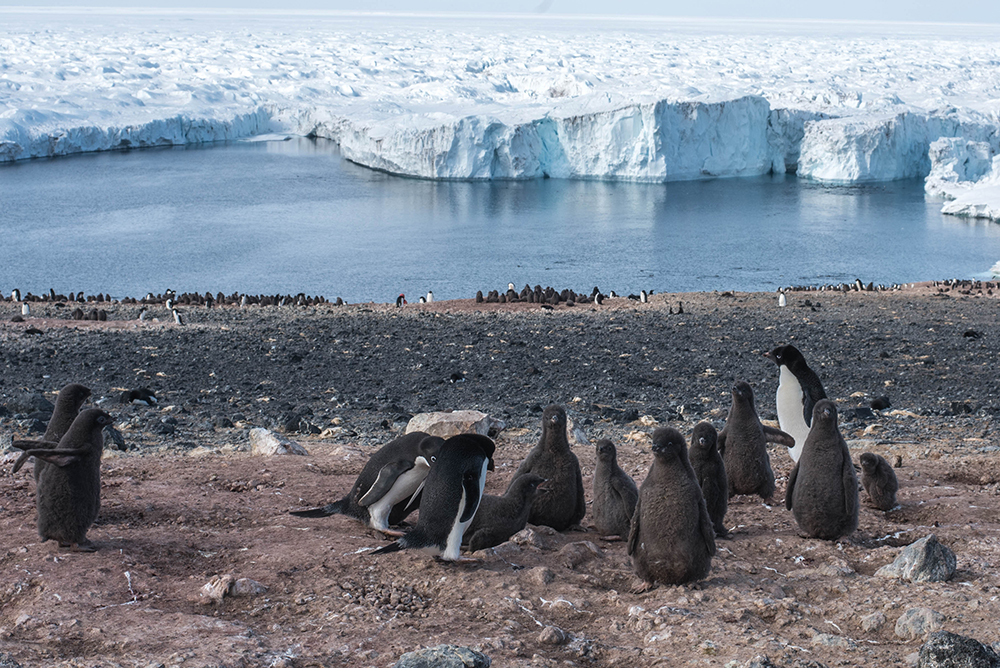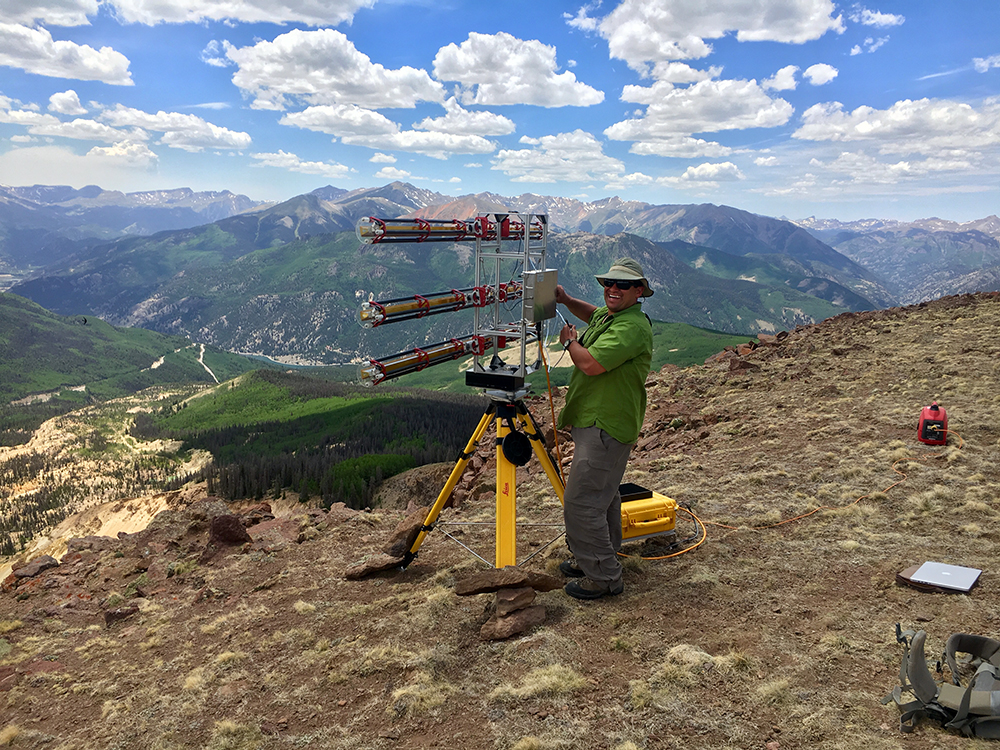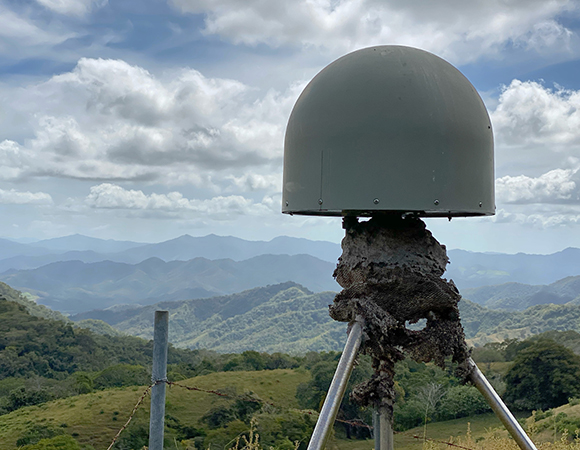
Geodetic Infrastructure in the Northern Costa Rica Subduction Zone
Project Overview From the NSF award abstractThe great earthquakes and tsunamis of 2004 (Sumatra) and 2011 (Japan) were wake-up calls that our forecasting skill for these catastrophic events remains poor. Measurement of the slow motions of the Earth’s surface near active faults could help to forecast the location and the size of future earthquakes. This … Continued

